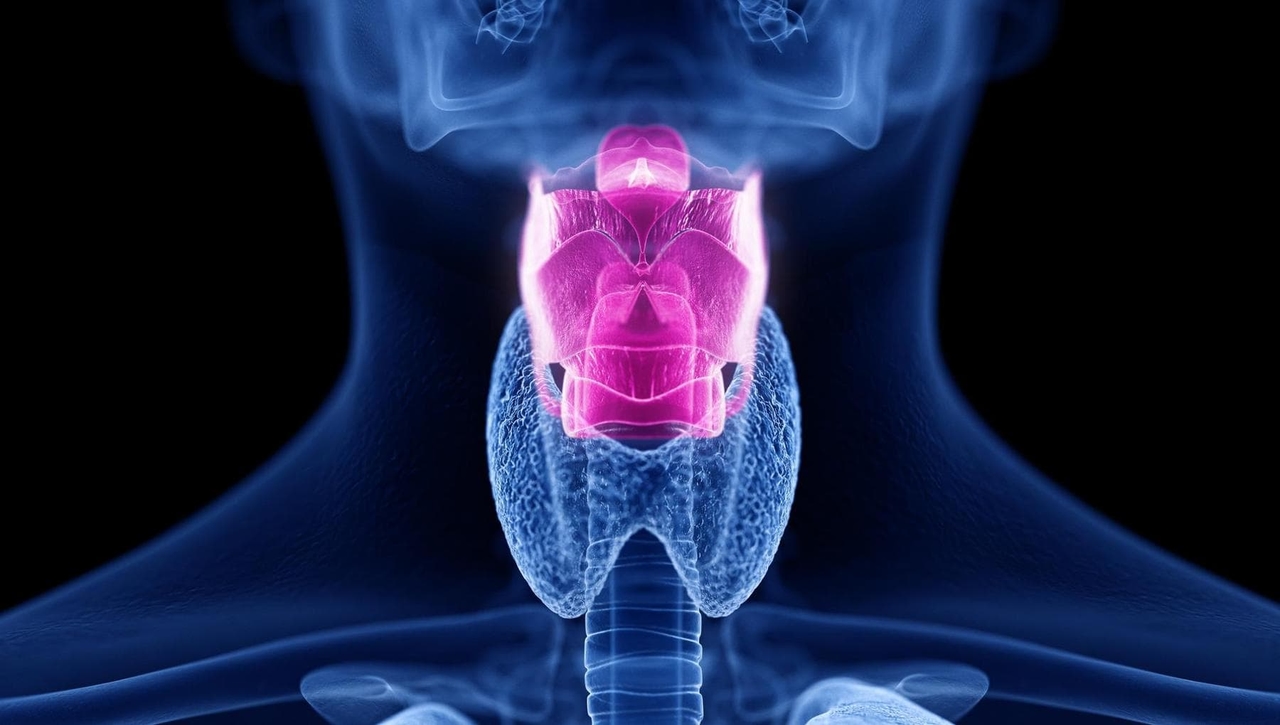A mini 3D printer to improve vocal cord surgery


A small robot, less than 3 mm in size, capable of releasing small doses of hydrogel into the throat, counteracting the fibrosis that often hinders recovery after vocal cord surgery. This is the prototype—not yet tested in animal models or patients—presented by a group of specialists in the journalDevice . According to its authors , it could revolutionize vocal cord surgery for polyps, cysts, or tumors.
The risk of post-operative fibrosisThe point is this, as experts explain: in a significant percentage of cases—from 5% to 18%—fibrosis develops following vocal cord surgery, which stiffens the cords, compromising phonation (the vibration of the vocal cords) and thus the ability to return to normal speech. Specialists currently try to prevent fibrosis through the injection of various biocompatible substances—such as hyaluronic acid or calcium hydroxyapatite—but their effectiveness depends on how precisely these injections can be administered. This is where the idea for the mini-robot arose: to develop a system that can be precisely controlled.
A mini 3D printerThe device in question is a small tube with an opening at one end through which hyaluronic acid-based hydrogel can be released. It is, in effect, a mini 3D printer whose activity can be controlled (although currently only manually) and which is compatible with suspension laryngoscopy procedures. That is, the device is so small (20 mm long to be precise, with the bioprinter at the end of the tube measuring just 2.7 mm in diameter) that it does not interfere with procedures involving the use of a laryngoscope combined with a microscope. This small instrument is controlled precisely and repeatably, its designers point out, thanks to the use of cables inserted into a support that regulate its tension and a sort of wireless joystick.
Testing on models, before in vivo trialsThe researchers conducted a series of tests on flat surfaces to demonstrate that the mini-printer's activity can be directed at will. Tests were also conducted on models with fake vocal cords to mimic real surgeries. The next steps will be interventions to optimize their efficacy and animal testing. "By improving the localization and distribution of the hydrogels, their efficacy could increase and reduce the risk of post-surgical fibrosis and improve patients' quality of life," the authors conclude.
La Repubblica




